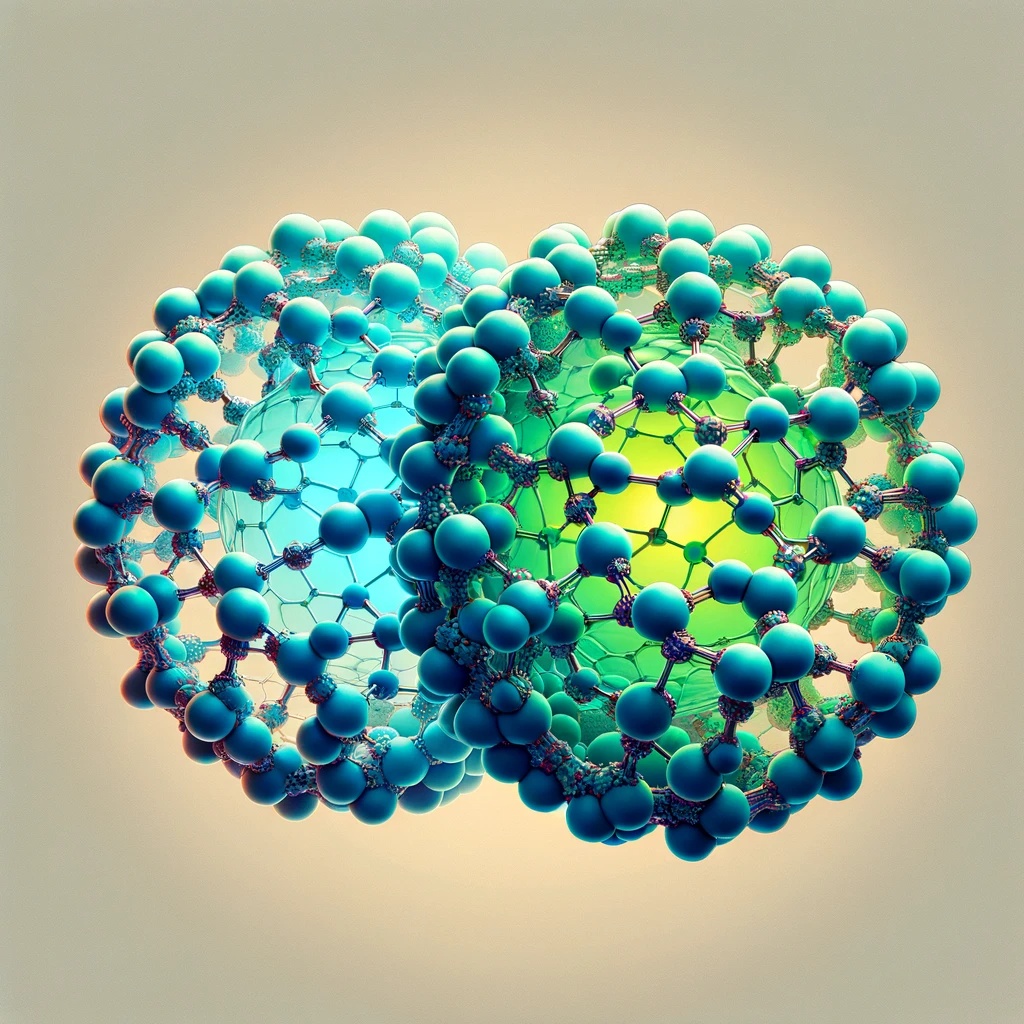Innovation at the Nanoscale: Unveiling Next-Generation of Carbon Nanodot suprastructures
Researchers from the University of Trieste, the Friedrich-Alexander-University of Erlangen-Nuremberg (FAU), and the Czech Advanced Technology and Research Institute (CATRIN) have made a significant leap in nanotechnology by creating Carbon Nanodots (CNDs) suprastructures with unprecedented molecular control.
In a recent study, team of Prof. Maurizio Prato and Prof. Dirk M. Guldi has pioneered new synthetic strategies for the selective functionalization of Carbon Nanodots (CNDs), marking a major breakthrough in nanotechnology and materials science. “We utilized a comprehensive toolbox of organic chemistry techniques to introduce specific functionalities onto the CND surface. Subsequently, we covalently linked individual CNDs into suprastructures using click chemistry, achieving unprecedented molecular precision”, explains Prof. Maurizio Prato.

This pioneering research not only enhances understanding of CND surface functionalities but also paves the way for developing advanced materials with tailored properties. “The resulting suprastructures demonstrate remarkable photophysical properties, facilitating optical communication in their excited state. This opens new avenues for applications in a variety of fields, ranging from catalysis and solar fuel synthesis to waste-water treatment”, adds Prof. Dirk M. Guldi. The presented study signifies a major step towards the intricate assembly of nanoscale architectures, heralding a new era of nanotechnology.
The results were published by the Angewandte Chemie journal in an article entitled Synthetic strategies for the selective functionalization of carbon nanodots allow optically communicating suprastructures;


